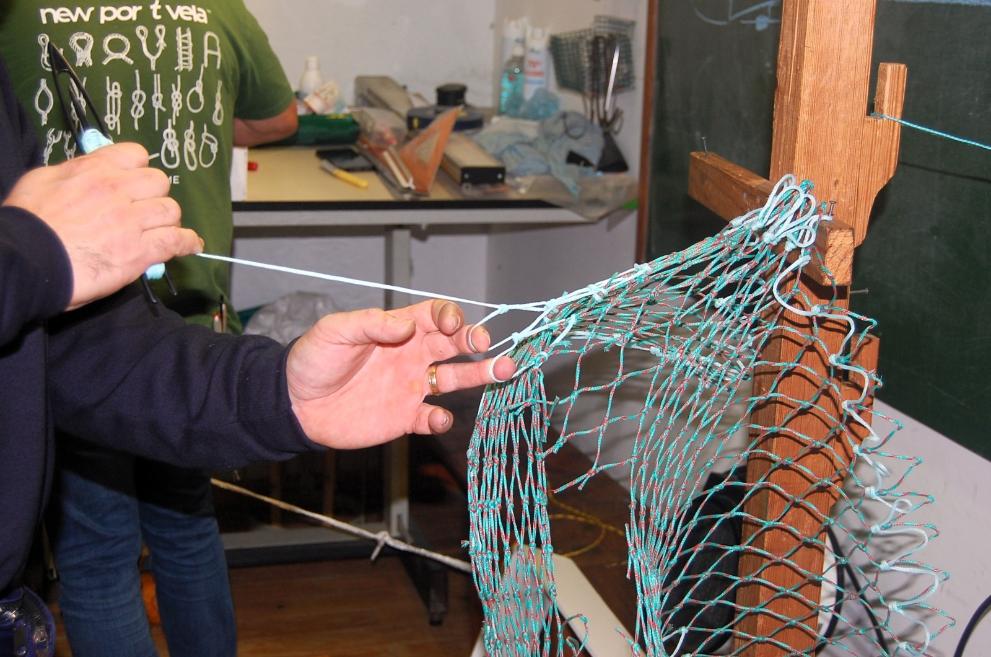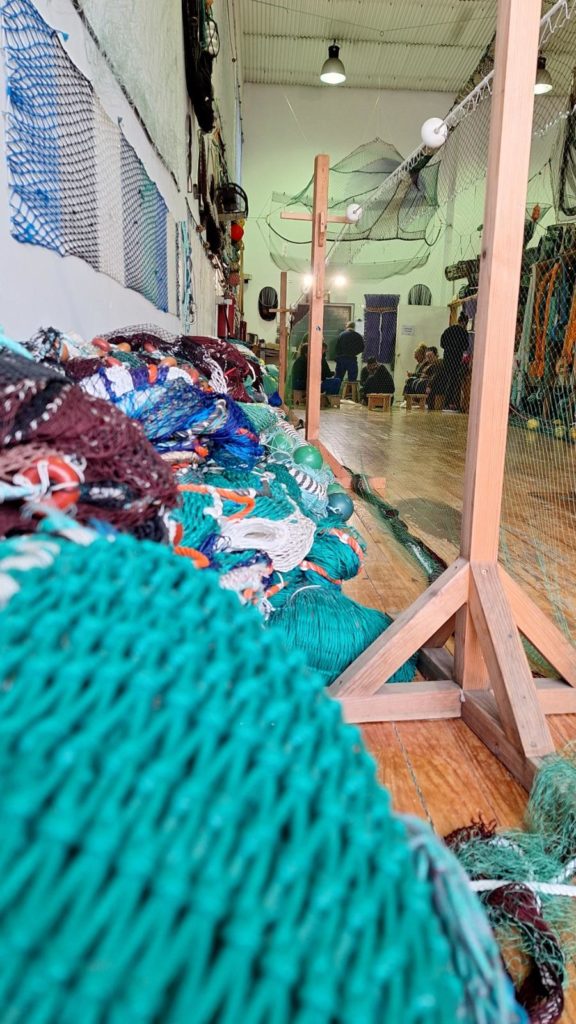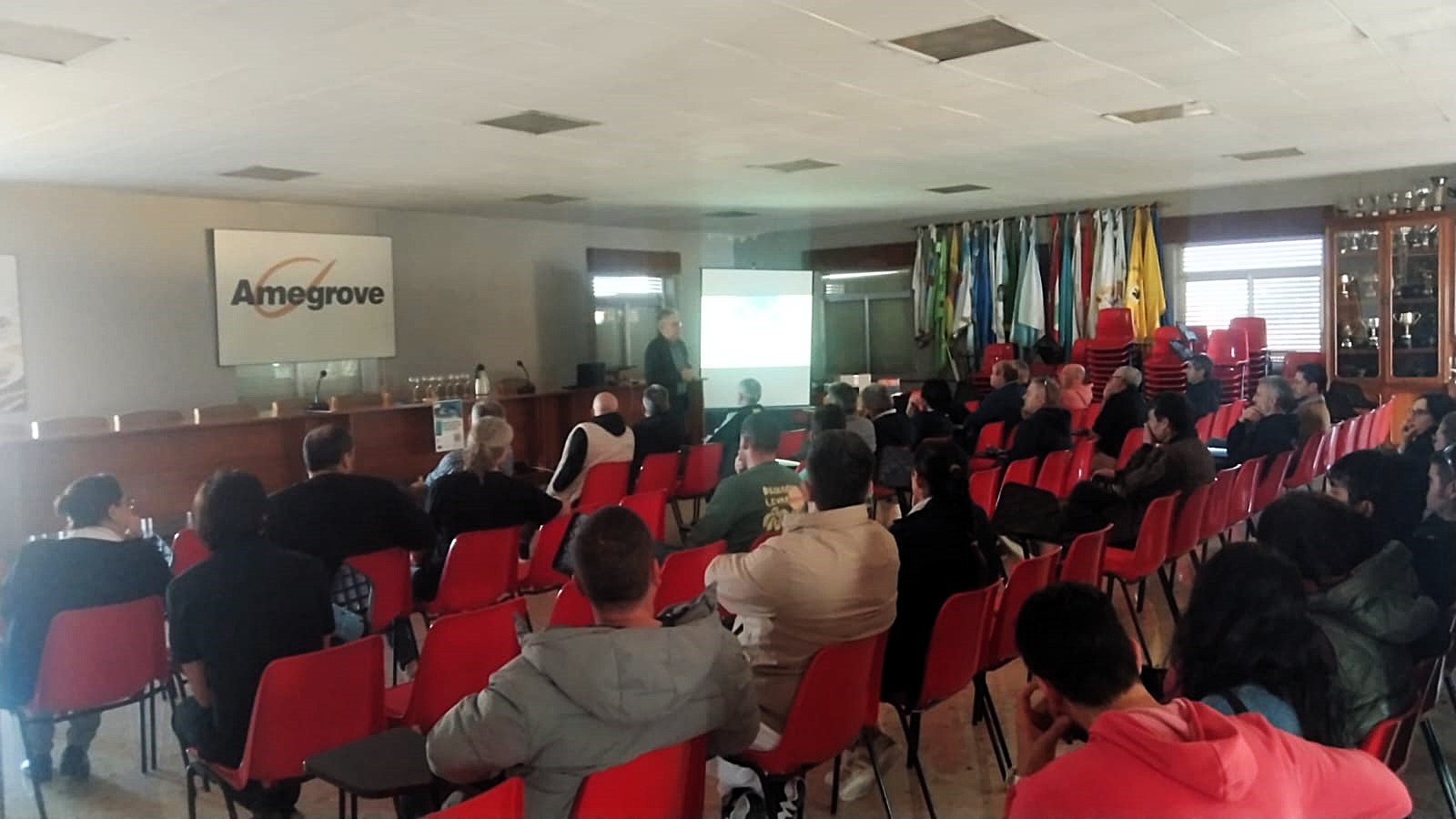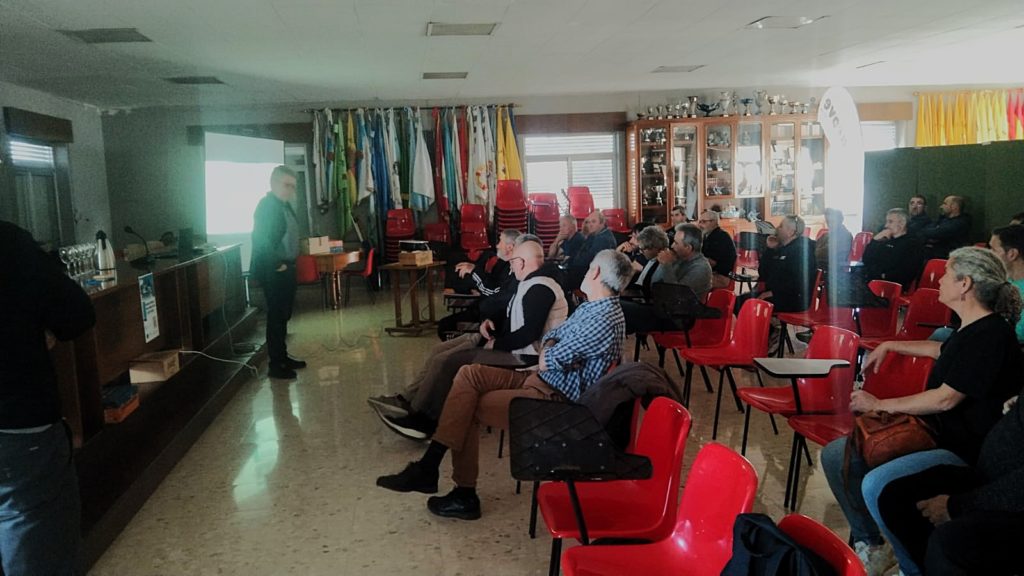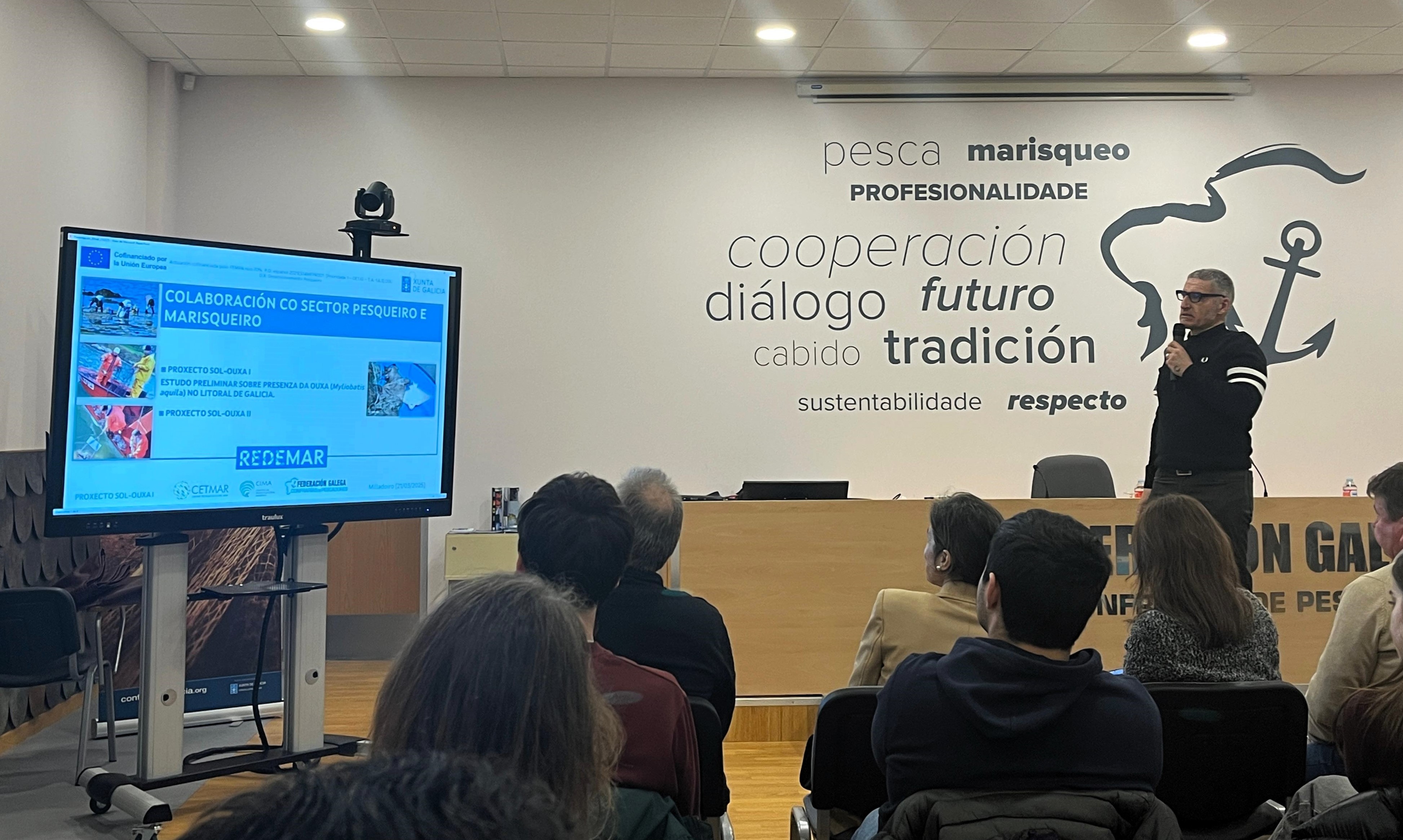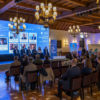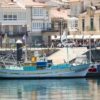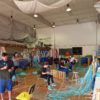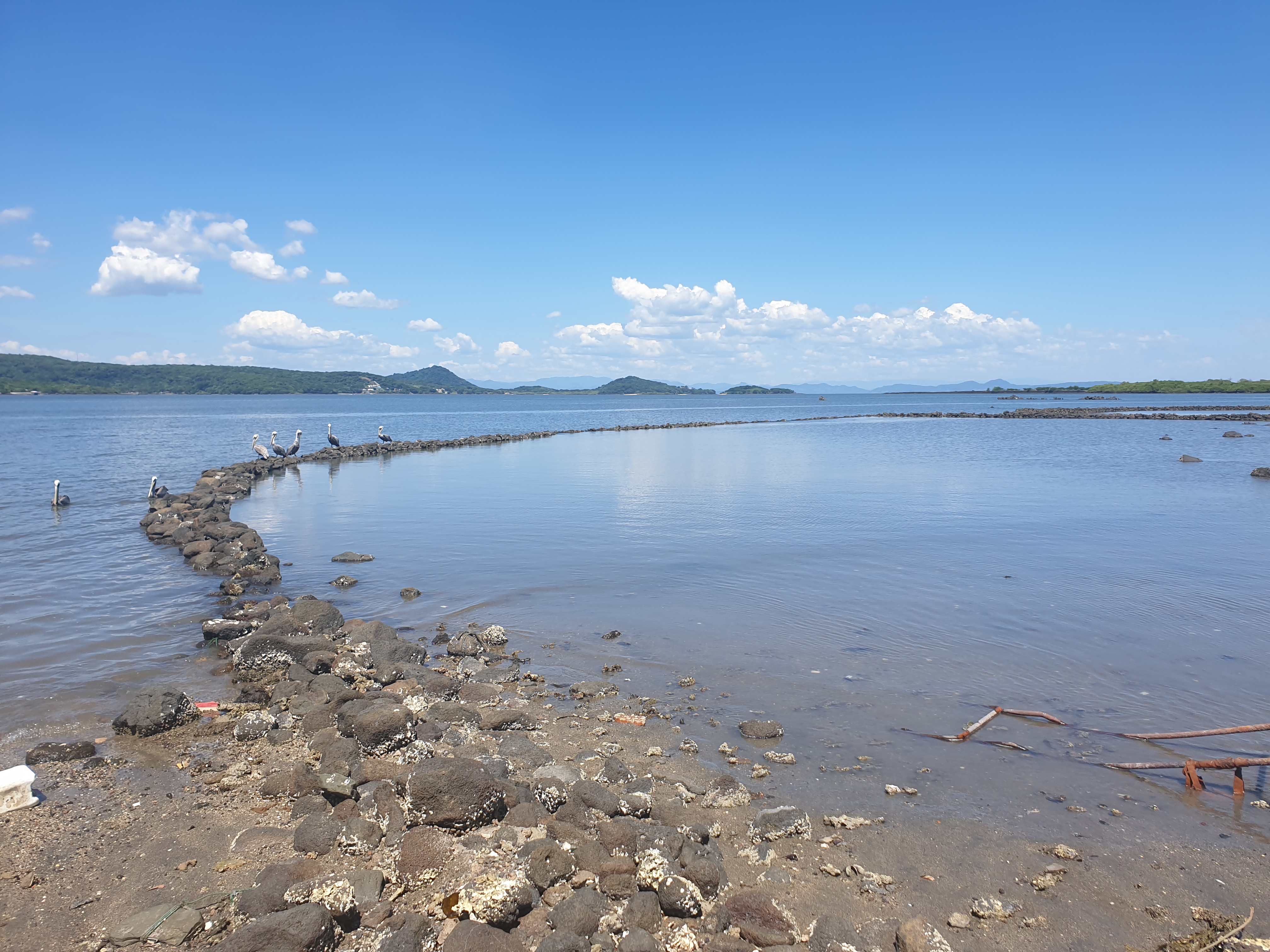
CETMAR analyses the current situation of Honduran scientific research for fisheries in the Gulf of Fonseca in a participatory workshop organised by the International Cooperation area
- The training activity, along with another on the taxonomic identification of molluscs in this area of Honduras, is framed in the project funded by Cooperación Galega. It intends to improve the sustainability of the seafood activity of women’s groups in the south of the country
The International Cooperation area of CETMAR is organising a participatory workshop with the aim of analysing the current situation of Honduran scientific research for fisheries in the Gulf of Fonseca and a basic seminar for the taxonomic identification of molluscs in this area of Honduras, both online.
Both activities are carried out online as a technical assistance for the recovery and sustainability of fisheries resources in the Gulf of Fonseca (Honduras) and the development of skills for the administrations and institutions competent in fisheries, by implementing processes for the generation and management of knowledge.
Se trata de una acción del proyecto “Mejora de la sostenibilidad de la actividad marisquera para grupos de mujeres en el sur de Honduras, Fase 2” que, financiado por la Xunta de Galicia a través de Cooperación Galega, están desarrollando en aquel país Ingenieros sin fronteras Galicia, la Universidad de A Coruña y el Comité para la Defensa y el Desarrollo de la Flora y la Fauna del Golfo de Fonseca (CODDEFFAGOLF) con la colaboración de CETMAR
This is an action of the project ‘Improving the sustainability of seafood activity for women’s groups in southern Honduras, Phase 2’. It is funded by the Xunta de Galicia through Cooperación Galega and developed by Engineers without Borders Galicia, the University of A Coruña and the Committee for the Defence and Development of the Flora and Fauna of the Gulf of Fonseca (CODDEFFAGOLF) with the collaboration of CETMAR.
The first participatory workshop aims to analyse the weaknesses, threats, strengths, and opportunities of fisheries research in Honduras, by stressing the importance of making the sustainable exploitation of resources compatible with respect for the marine environment, including the conservation of biodiversity. All of that, in the framework of the FAO’s code of conduct for responsible fishing.
It will be moderated by the manager (Guadalupe Martín) and the technical officer (Mercedes Martínez) of the International Cooperation area of CETMAR, and will be held on Tuesday 1 April via Teams from 17:00 to 20:00 (from 09:00 to 12:00 in Honduras).
The second workshop, a basic seminar for the taxonomic identification of molluscs from the Gulf of Fonseca, will take place on Thursday 3 April at the same time. Mr. Jesús Souza, Professor of Zoology and Professor of Marine Zoology at the University of Vigo, will train participants in the tools and mechanisms used for species identification.

